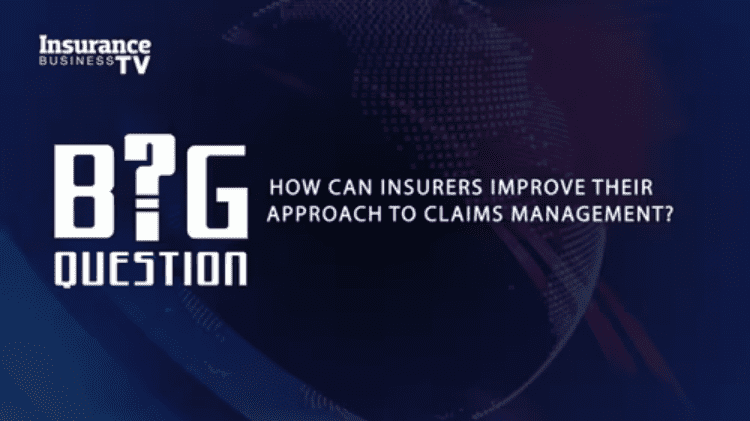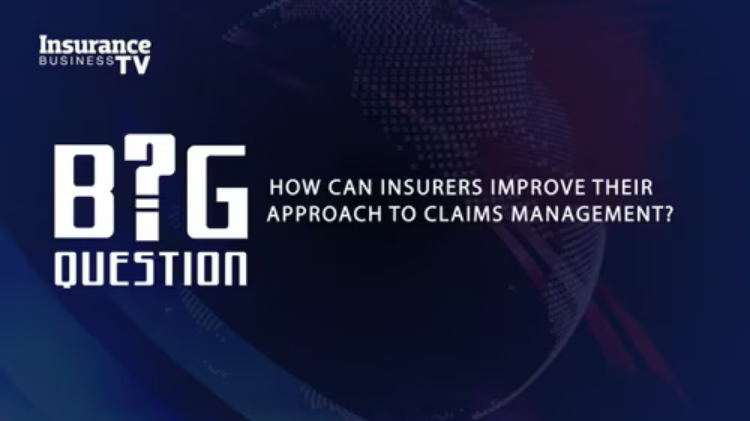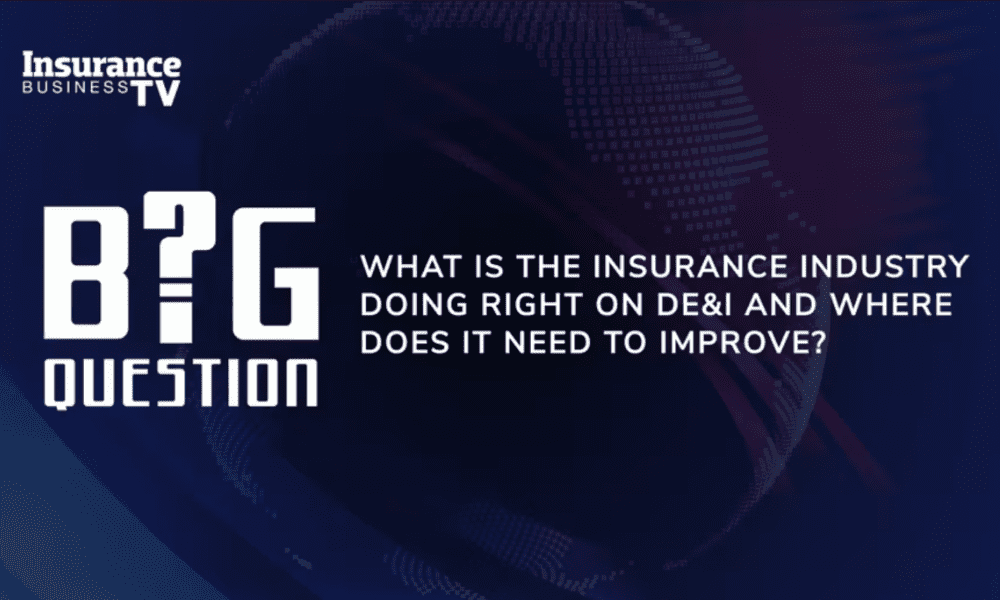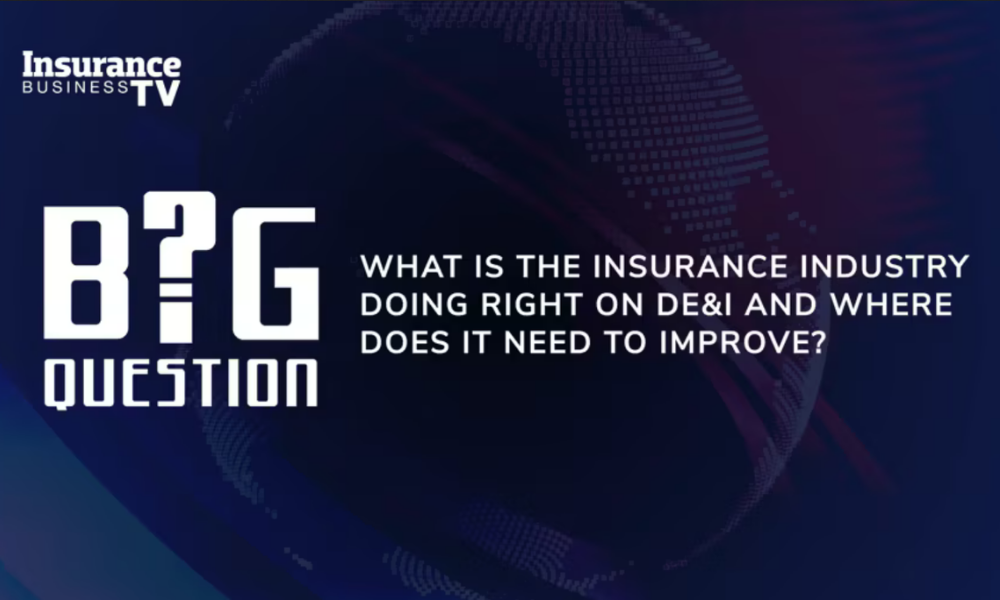
“[You] don’t want someone who’s going to walk away the moment you have a problem”

Like so many of his peers in the insurance marketplace, it was chance and circumstance that brought Steven Moore (pictured), head of professional indemnity & professional lines – specialty at AmTrust International, to the professional lines insurance sector. Some 30 years later, he has seen the market through good times and tough times alike, and his passion for professional lines remains undiminished.
With previous credits including 17 years at RSA, Moore has seen first-hand the difference between working for a large corporate and a specialty lines underwriting business. His time with the former provided a “great foundation”, he said, but he’s relishing the decision-making responsibilities that come with his present role.
“What I really enjoy most about working at AmTrust is that you’re empowered to make decisions quickly,” he said. “That specialist lines approach means you’re always focused on your class. We’re very customer-orientated so we’re always listening to what the customer wants and trying to provide solutions to the market. And there’s no broader corporate strategic agenda sitting behind that – so if you come up with a good idea, you’re supported to bring that to the market as quickly and efficiently as possible.”
Professional lines insurance – what sets it apart?
Moore noted that what’s kept his interest in professional lines alive is the variety of individuals and businesses he has the opportunity to interact with and support on a daily basis. Whether they’re accountants, surveyors or engineers, each professional line has an ever-changing risk profile which requires continual research and analysis. Often that’s quite complex to navigate, which means it’s a very hands-on line of business, he said, and one which gives him the chance to speak to a lot of very interesting customers.
“Actually, that’s the fun part of the job,” he said. “Often, you only have to ask one question, and then someone can talk for an hour about what they do. You don’t need a piece of paper to bring professional lines insurance to life which is what I really enjoy about it. And as a class, it’s well-established now but that doesn’t mean there aren’t always new challenges coming along.”
Examining some of those challenges, Moore highlighted how external market conditions are impacting the sector. The economy is always an issue for the class, he said, and AmTrust monitors that very closely. Each recessionary period is different in terms of the respective roles and responsibilities of various stakeholders including the banks, the government and the regulator.
“For us, it’s about negotiating how our customers respond to that environment and the changing claims landscape as well,” he said. “Because that changes in an economic downturn with fraud increases, etc. The economy is a real concern to everyone and to businesses as well, and we appreciate that affordability can become an issue. We’re very aware of that and we respond where we can to assist in that. But it’s an interesting time for professional lines because it’s where the power of really good strong underwriting experience comes through.”
Leveraging relationships to create a sustainable professional lines insurance market
Professional lines and professional indemnity are always very relationship-driven classes of business, he said, but this only becomes more applicable amid challenging market conditions. When you have strong and long-standing relationships with a customer, you have to look for every opportunity to add more value to that relationship.
There’s a two-way strength to that partnership approach, he said, having a longer-term relationship means that the insurer understands and trusts you. That makes them more likely to respond to the pinch points facing a business and make concessions wherever possible – if not through premium, then potentially giving some coverage back or changing up the payment method.
“The importance of these relationships to the customer is reflected in the business meetings that we have,” he said. “Quite often we’ll see the CEO, the CFO in those meetings because they recognise that, for a professional, it’s a big cost but also that it’s a relationship that needs to be nurtured and protected.
“What they don’t want is someone who’s going to walk away the moment you have a problem. You want someone who’s going to be supportive and also experienced enough to help you through the process of a claim. Because it’s stressful for the professional that is going through it.”
Where brokers sit in the professional lines insurance ecosystem
While on the smaller end, brokers tend to be less invested in the relationship management aspect of this product line, he said, on the larger end the role of the broker in fostering and nurturing these strong relationships is critical. These brokers are involved throughout the entirety of the relationship, from bringing the risk to AmTrust’s attention, to putting the team in front of the customer, to explaining to the customer the terms of the coverage and why it’s so important.
“Brokers are particularly vital during difficult market conditions or when a client has had a claim,” he said. “They’re the ones best placed in assisting both the insurer and the client on understanding what happened, why it happened and what they can do to prevent it from happening again.
“It’s a really vital relationship which is why we focus on communicating with our broker. Because the easiest thing to say is ‘yes’ and the most difficult thing to say is ‘no’. But the important thing for me is when I say ‘no’, I give a reason. It’s not good enough just to say ‘no’, you need to give the customer and the broker an insight into why, as an insurer, you like the risk or you don’t.”
What’s next for AmTrust International?
Looking at what’s next on the growth agenda for AmTrust, Moore revealed that the business is actively exploring new opportunities to give out its capacity – which is why it recently joined the MGAA. With one eye fixed on the economy, he said, it’s looking at different sectors of the market. The business is already quite strong in the UK in certain sectors and would like to be stronger in Europe more generally.
“I think it’s about just taking the skills that we’ve got within the UK markets to build them out in other territories,” he said. “Despite writing $1 billion-plus of GWP outside North America in 2023, we’re not as well known as we’d like to be in the UK and Europe, and we’d like to get our name out there more by going to industry events, meeting people, and finding new ways to expand our presence.
“We’re open for business. We’re a big and a growing company… and we’re a real underwriting company that is prepared to back people, and which is looking to make it as easy as possible for people to work with us for the long term. The customers that we’ve got, we aim to keep for a long time – and hopefully, they aim to insure with us for a long time as well!”
What are your thoughts on this story? Feel free to share them in the comment box below.
Related Stories
Keep up with the latest news and events
Join our mailing list, it’s free!

This page requires JavaScript

















